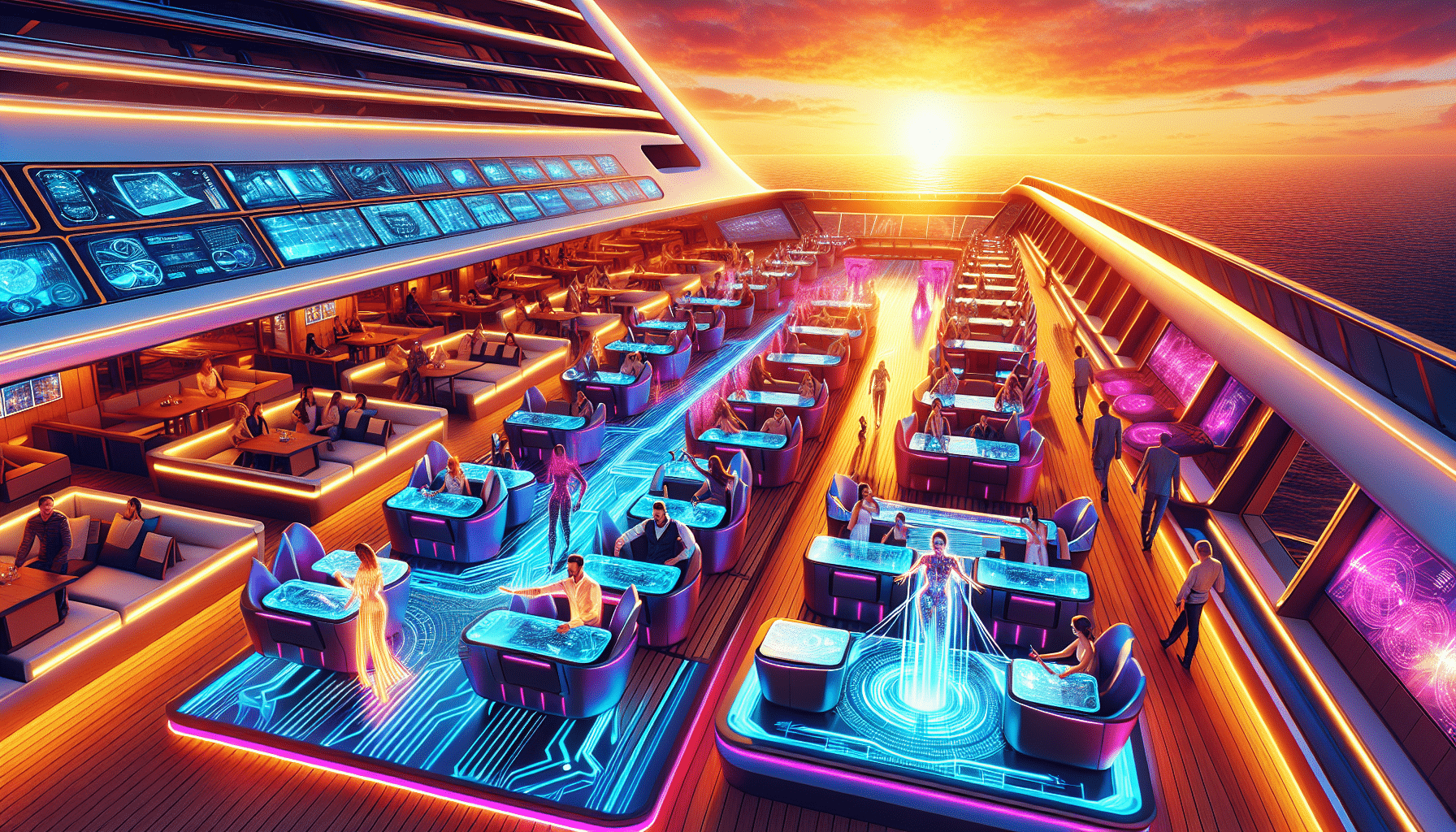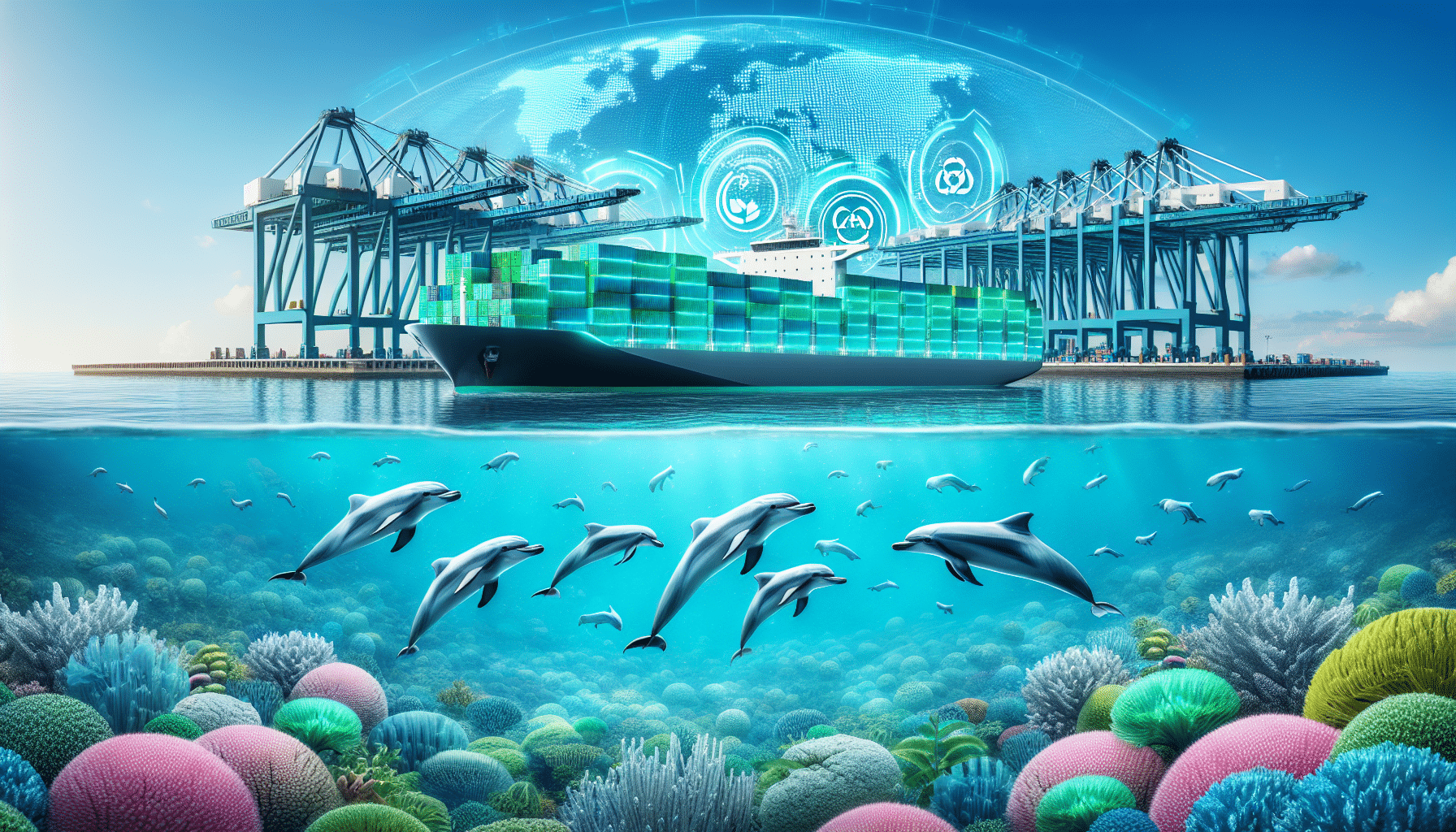Introduction to Enhancing Passenger Experience on Cruise Ships
The cruise industry has seen a remarkable evolution in the way passenger experiences are shaped and enhanced. From expansive ships offering a city-like feel to smaller, more intimate cruise experiences, there is a growing focus on ensuring every passenger’s journey is memorable. With the rise in the number of cruisers and the diversity among them, enhancing the passenger experience has become a key goal for cruise lines. This involves a combination of technology, tailored services, and unique, immersive activities.
Innovative Use of Technology
Digital Integration
One of the most significant ways cruise lines are enhancing the passenger experience is through digital integration. High-speed Wi-Fi, interactive apps, and touchscreen kiosks are being deployed to make navigation, communication, and service access seamless for passengers. Many cruise ships have developed apps that allow passengers to check daily activities, book restaurants and excursions, and even control their cabin environment. With features like a mobile room key, live streaming of events on board, and location tracking for accompanying family and friends, these tools greatly enhance the convenience and enjoyment of cruising.
Virtual Reality (VR) and Augmented Reality (AR)
Virtual and augmented reality technologies are being used increasingly on cruise ships to entertain and even educate passengers. VR experiences can transport guests to virtual worlds or to future excursion sites, preparing them for what they will see during their real-life tours. For example, through VR headsets, passengers might take a historical tour of a city they will visit, enhancing their anticipation and experience of the place.
Customization and Personalization Services
To meet individual preferences and increase passenger satisfaction, cruise lines are focusing heavily on customization and personalization options. This can range from personalized dining menus considering dietary restrictions and preferences to custom excursion plans that align with passenger interests. By using data analytics, cruise ships analyze guest behavior and preferences to tailor marketing and available offerings more accurately.
Enhanced Cabin Comforts
Stateroom technology and amenities are also receiving upgrades. Modern cruise cabins now offer advanced climate control, mood lighting, and multimedia systems that passengers can easily control via smartphones or voice commands. Luxury bedding, high-quality toiletries, and options for pillow menus further enrich the in-room experience.
Improving Health and Wellness Facilities
Cruise lines are increasingly recognizing the importance of health and wellness while on a cruise. Many now boast state-of-the-art spa facilities, fitness centers with latest equipment, and onboard trainers and nutrition experts. Wellness activities such as yoga classes, meditation sessions, and health workshops add to a holistic and fulfilling cruise experience.
Access to Healthcare
Driven by a commitment to ensure safety and wellness, cruise ships are enhancing onboard medical facilities. Modern cruise ships are equipped with advanced medical clinics staffed by professional healthcare providers. Some of the larger ships even have facilities resembling small hospitals capable of addressing more serious medical emergencies.
Creating Unique and Cultural Experiences
Localized Excursions and Activities
To differentiate their offerings and enrich passenger experiences, cruise lines are investing in unique excursions that dive deep into the culture and history of destinations. Offerings include guided tours, local cultural performances, and culinary experiences that allow passengers to engage deeply with each location’s unique attributes.
Onboard Activities
To enhance the times spent on board, cruise ships provide a plethora of activities ranging from Broadway-style shows and live music performances to cooking classes and art auctions. Some ships offer film screenings under the stars or have onboard surfing and skydiving simulators, ensuring that every day at sea is as thrilling as a day on shore.
Sustainability Efforts
Sustainability is increasingly at the forefront of the cruise industry’s efforts to enhance passenger experiences. Many travelers are environmentally conscious and appreciate efforts to reduce the cruise ship’s carbon footprint. Initiatives like banning single-use plastics, using cleaner fuels, and offering ecotourism excursions are becoming prominent and contribute to the overall onboard satisfaction of passengers who value sustainability.
Enhancing the passenger experience on cruise ships involves a comprehensive approach embracing technology, personalization, health, entertainment, and sustainability. As the industry continues to evolve, these efforts not only meet but exceed the expectations of modern travelers, ensuring each journey is as enjoyable and memorable as possible.




